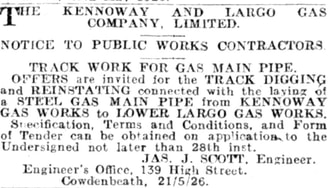
As the first drawing below states, the site for the gas works was selected due to its proximity to the railway station and to the buildings that it was going to supply. The works began operation on 20 April 1909. Remarkably, they only operated as originally intended for approximately 16 years, as around 1925 the Largo operation went into liquidation and was absorbed into its Kennoway-based sister company. The inset advert from the 24 May 1926 Dundee Courier gives notice of the pipe laying work to enable gas to be supplied from Kennoway to Largo.
If you have ever wondered what originally went on within the retort house and what the process of producing gas involved, then the document below will provide the answers. In order to appreciate the detail within floor plan and section drawings, please open this as a PDF. The Largo operation was typical of small gasworks of the time.
In the next post there will be some follow-up on the gas works site, including detail on the gas holder that once stood alongside the retort house, the changing uses of the retort house building over the years and the important role that the building played during World War Two - accompanied by some more photos.

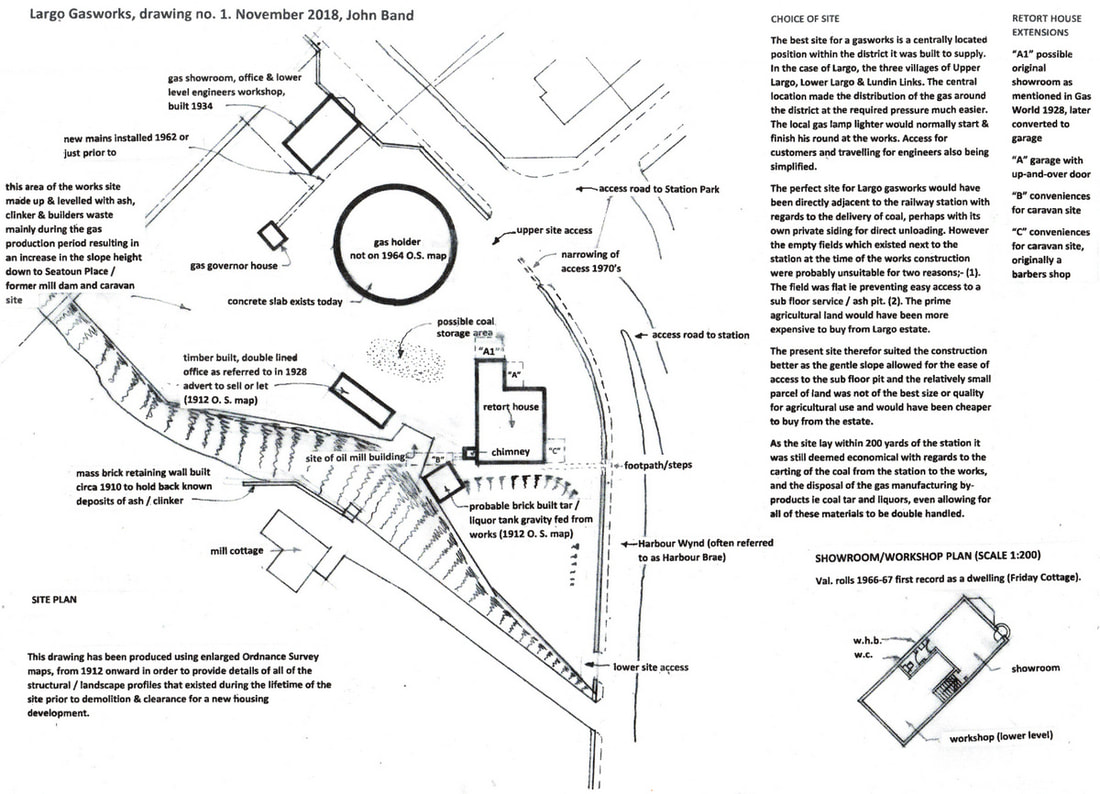
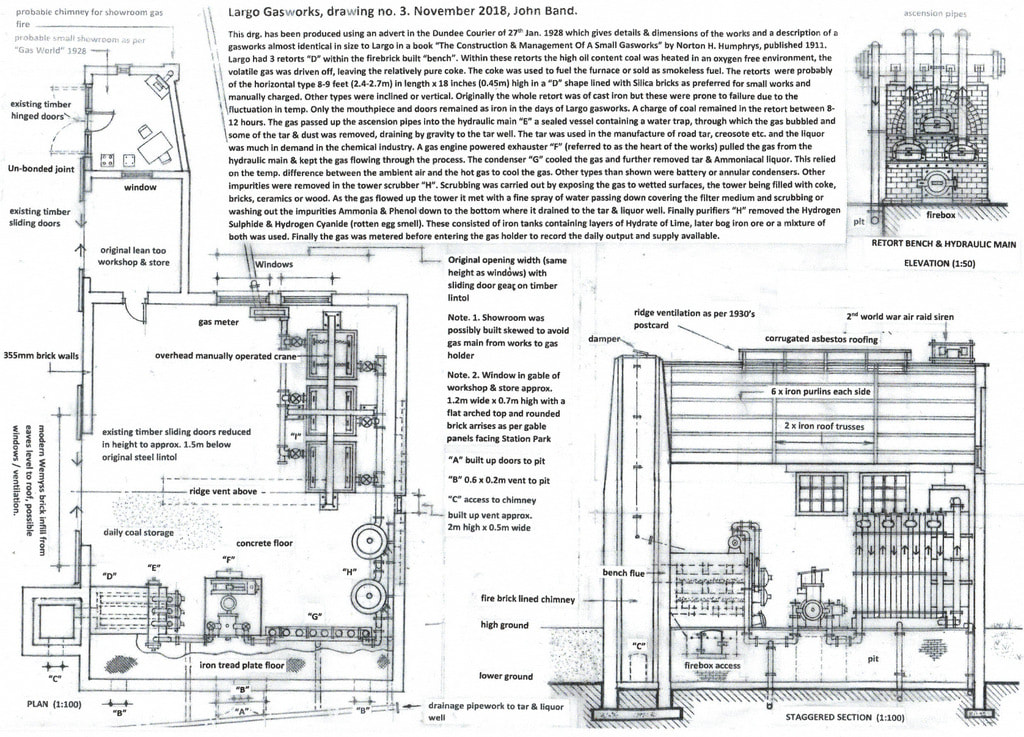
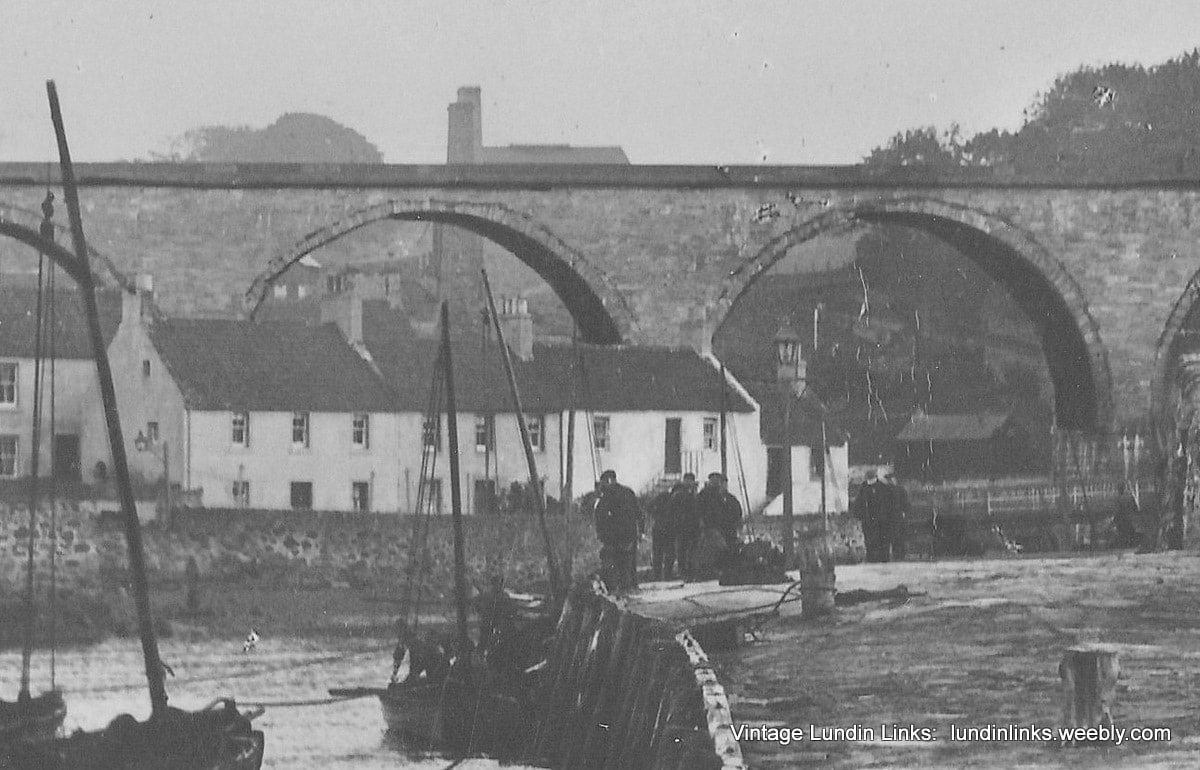
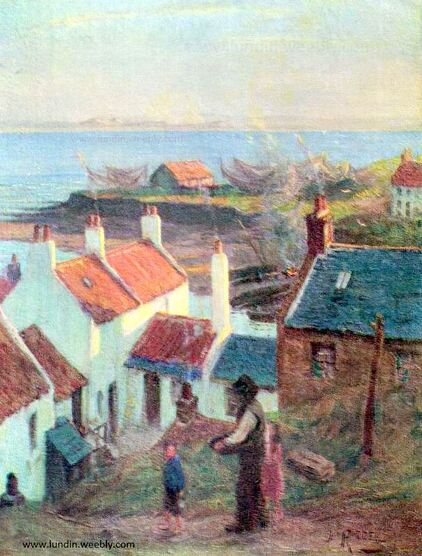


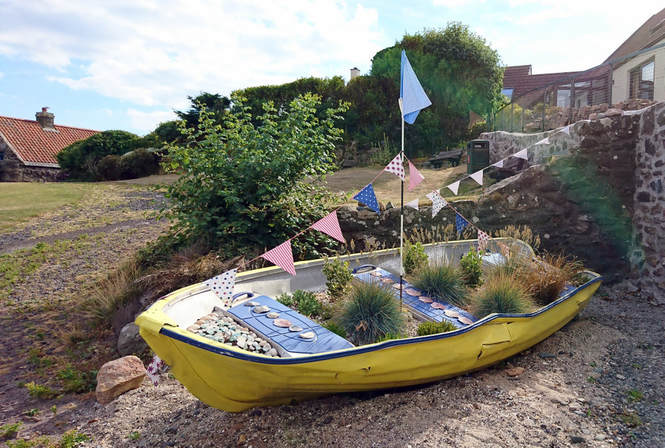
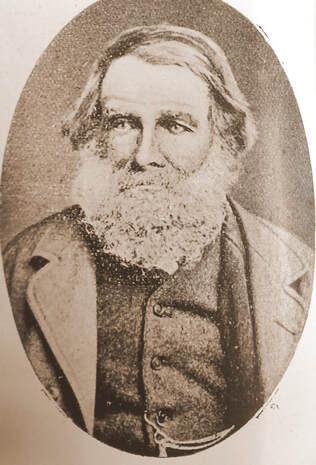
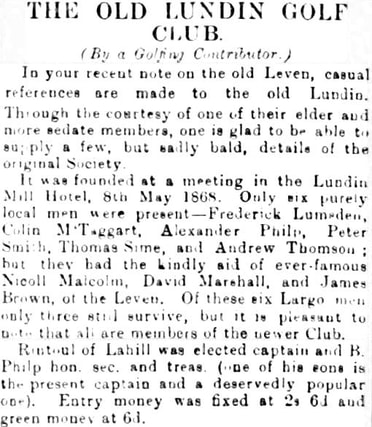
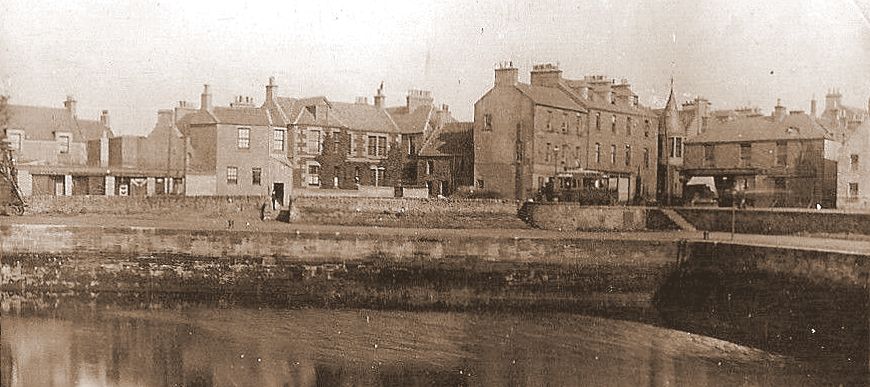
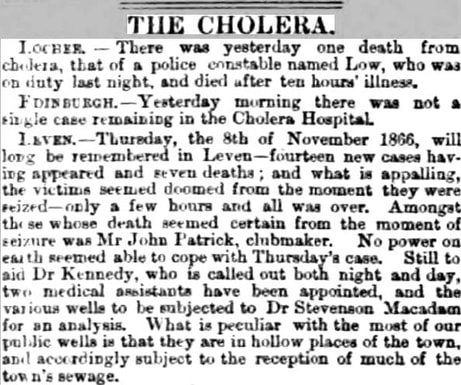
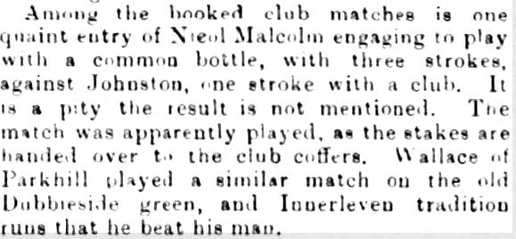

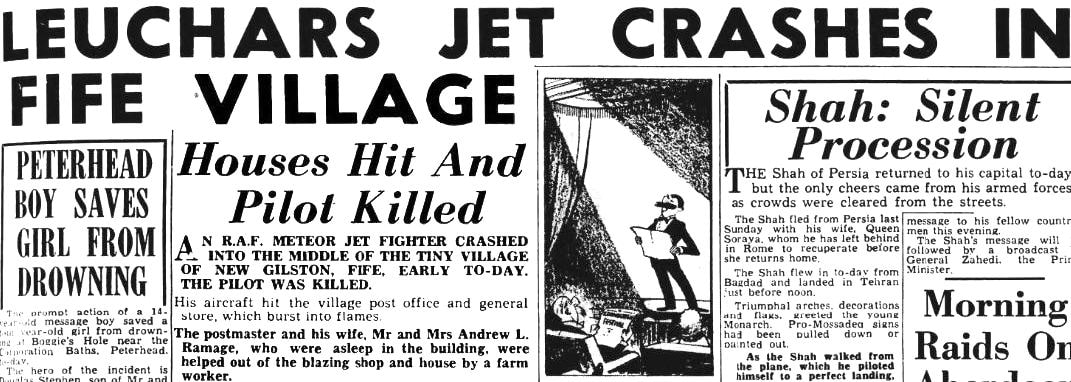

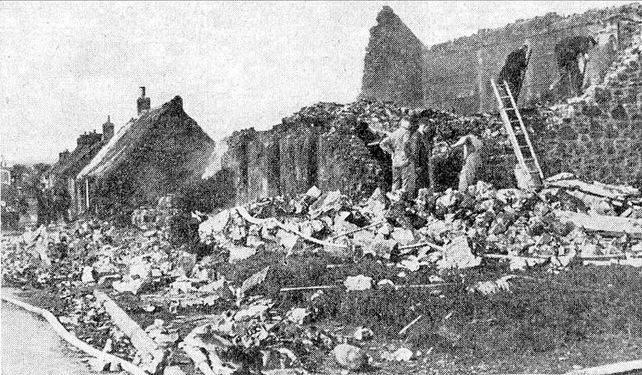
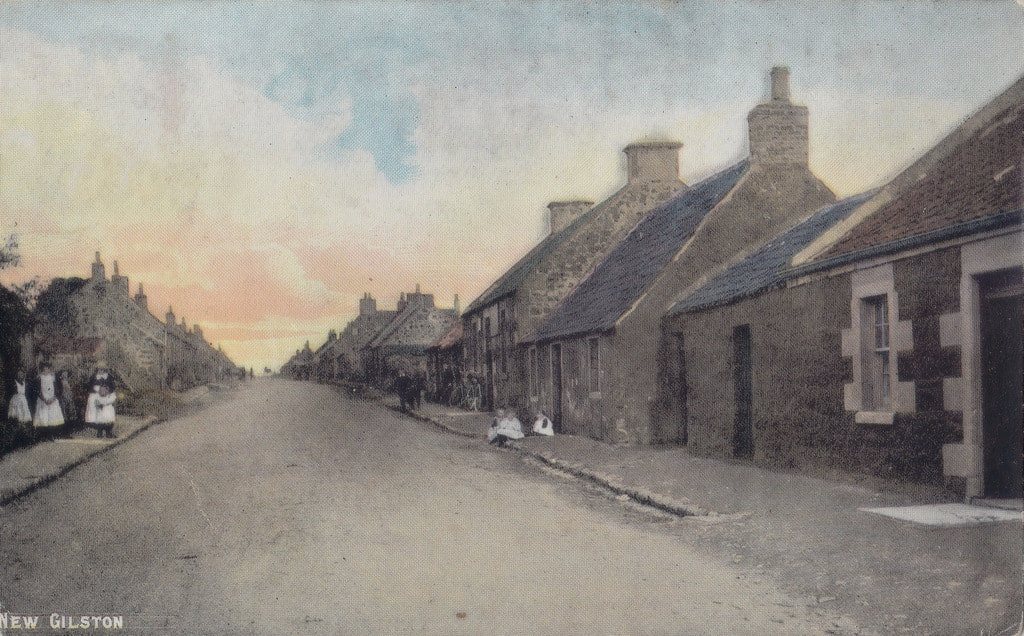
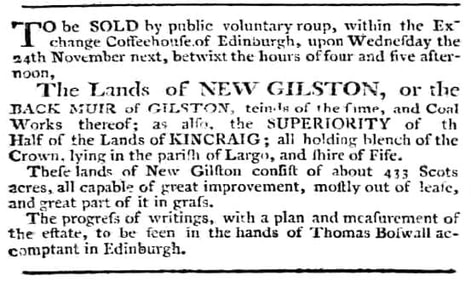
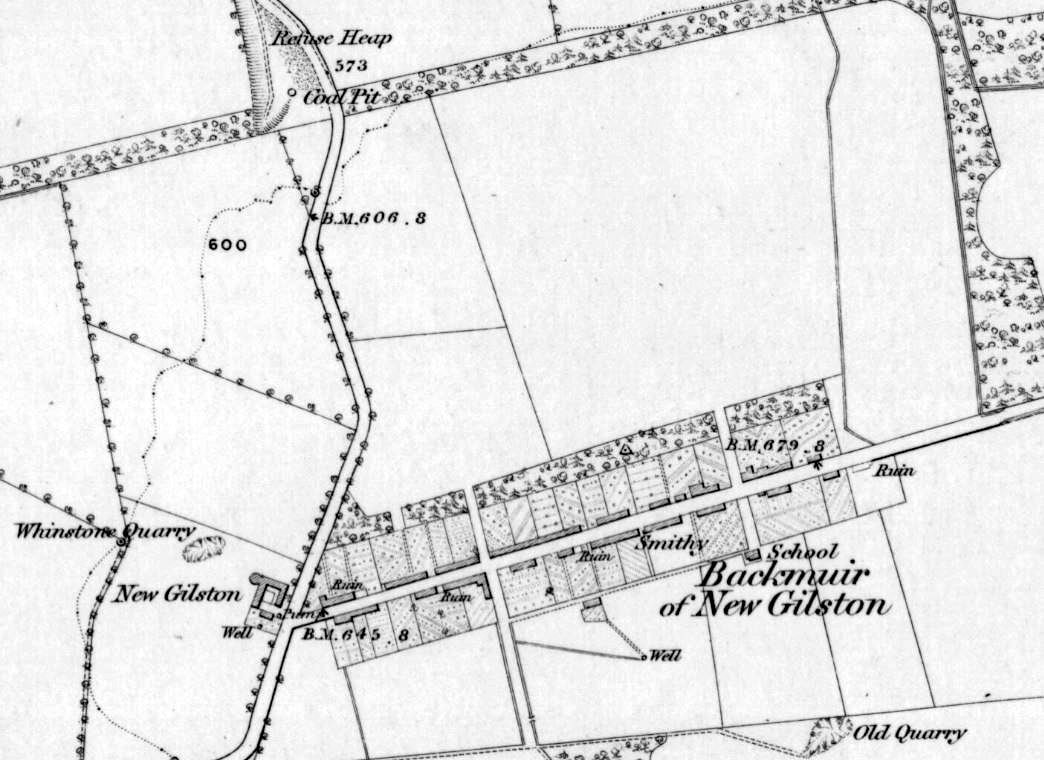
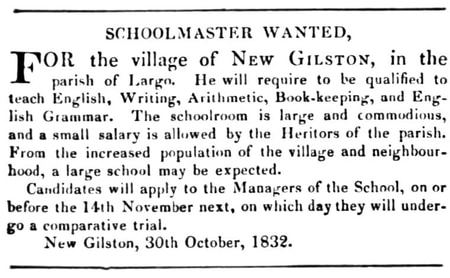

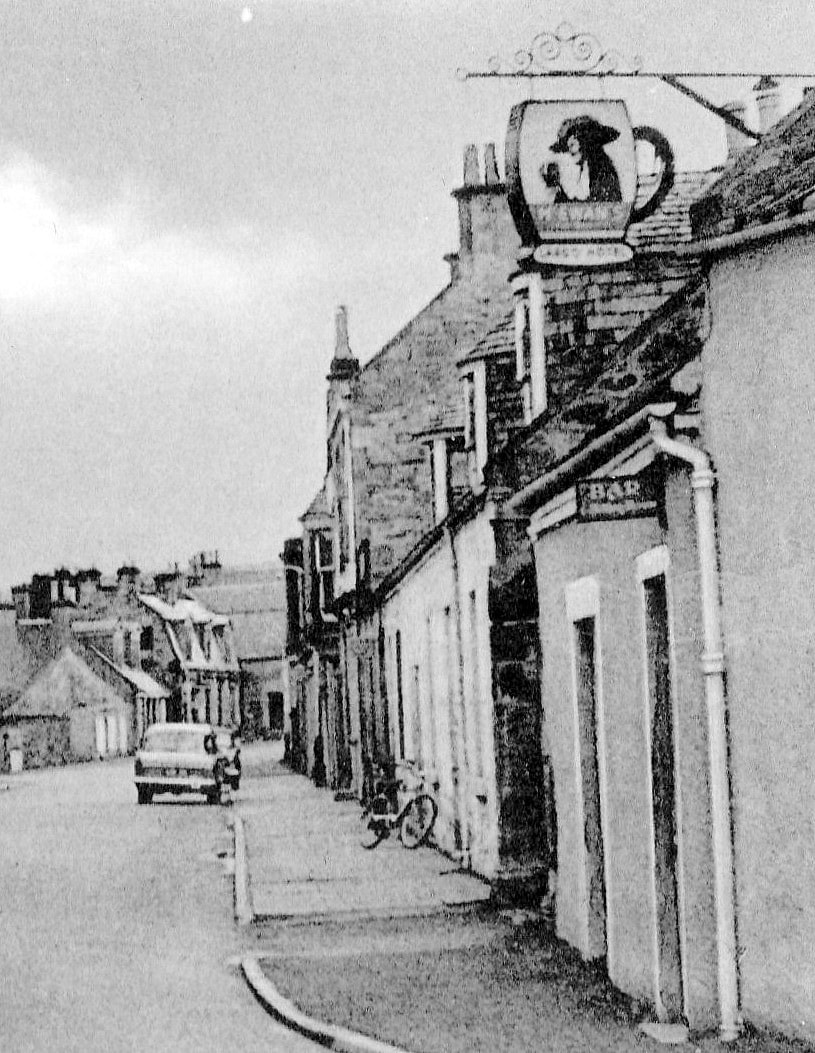

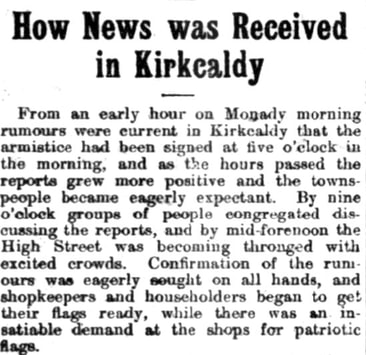
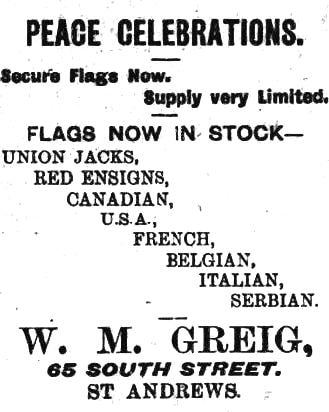
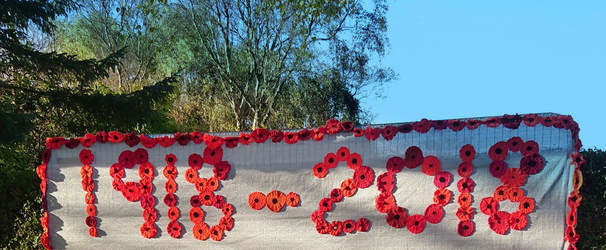
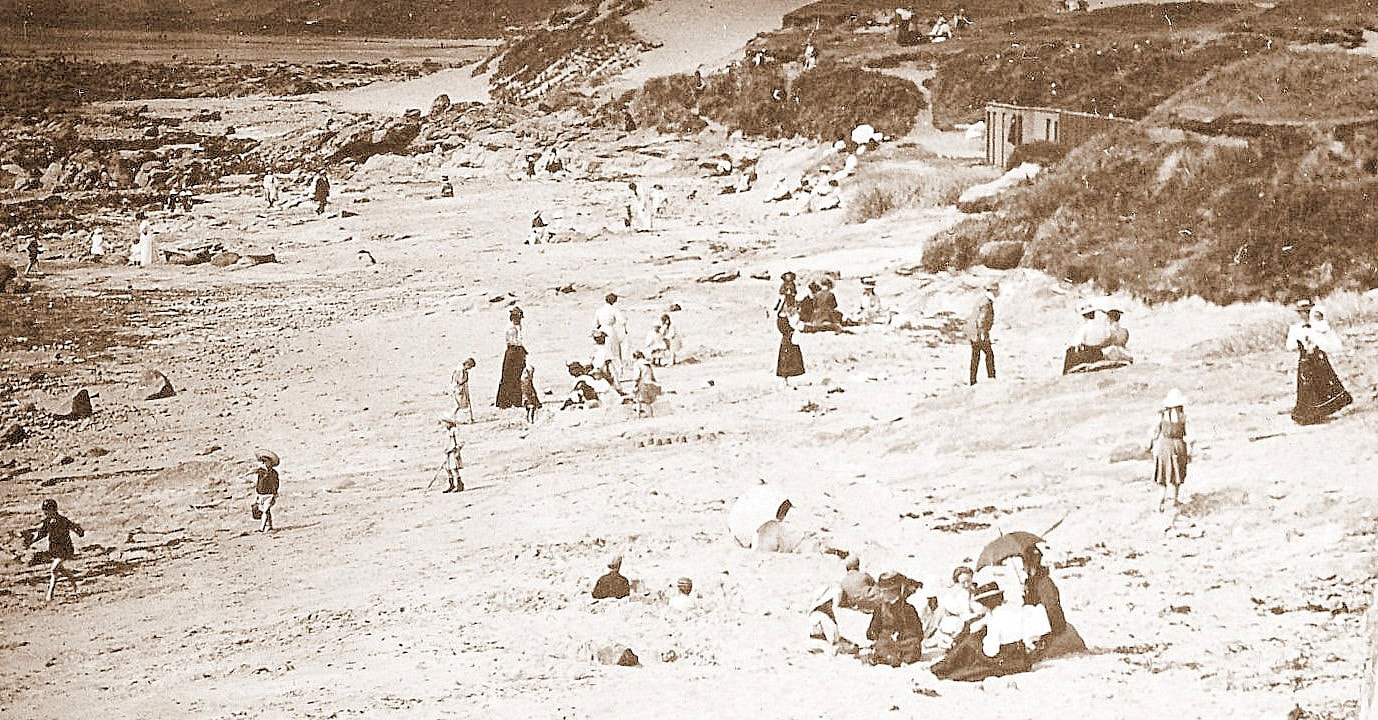

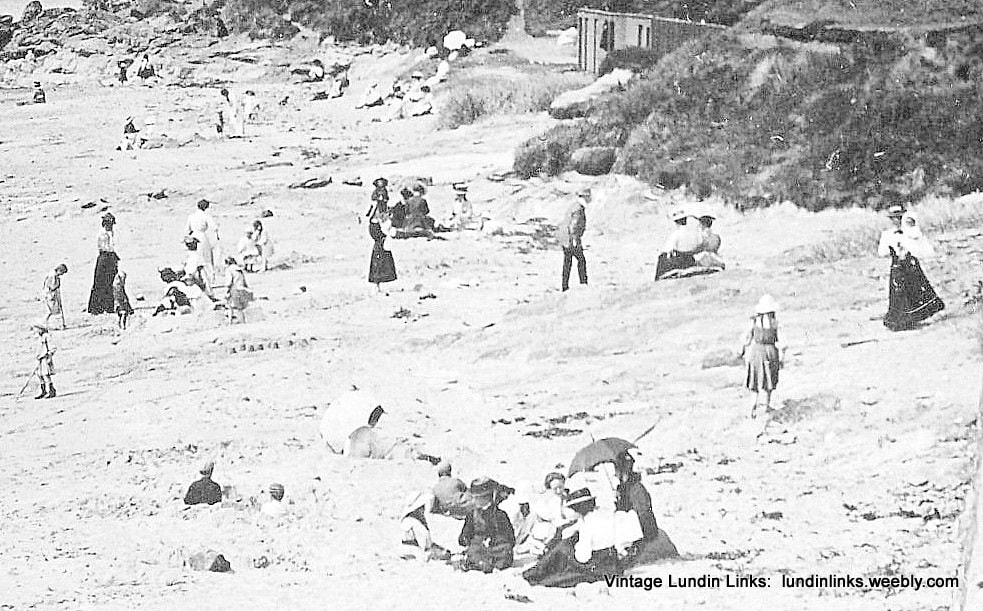
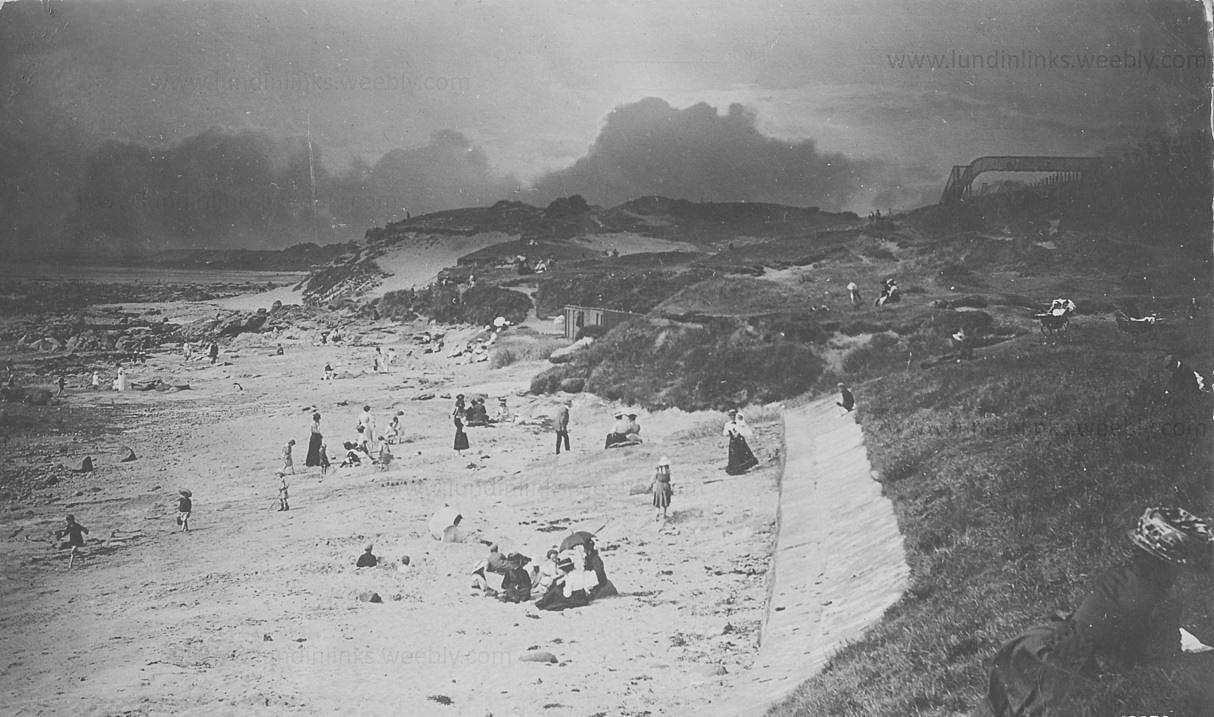
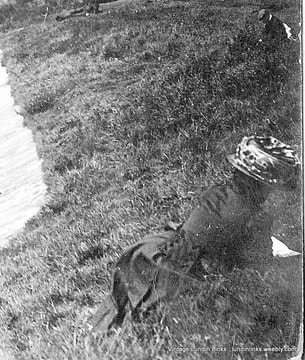
 RSS Feed
RSS Feed
